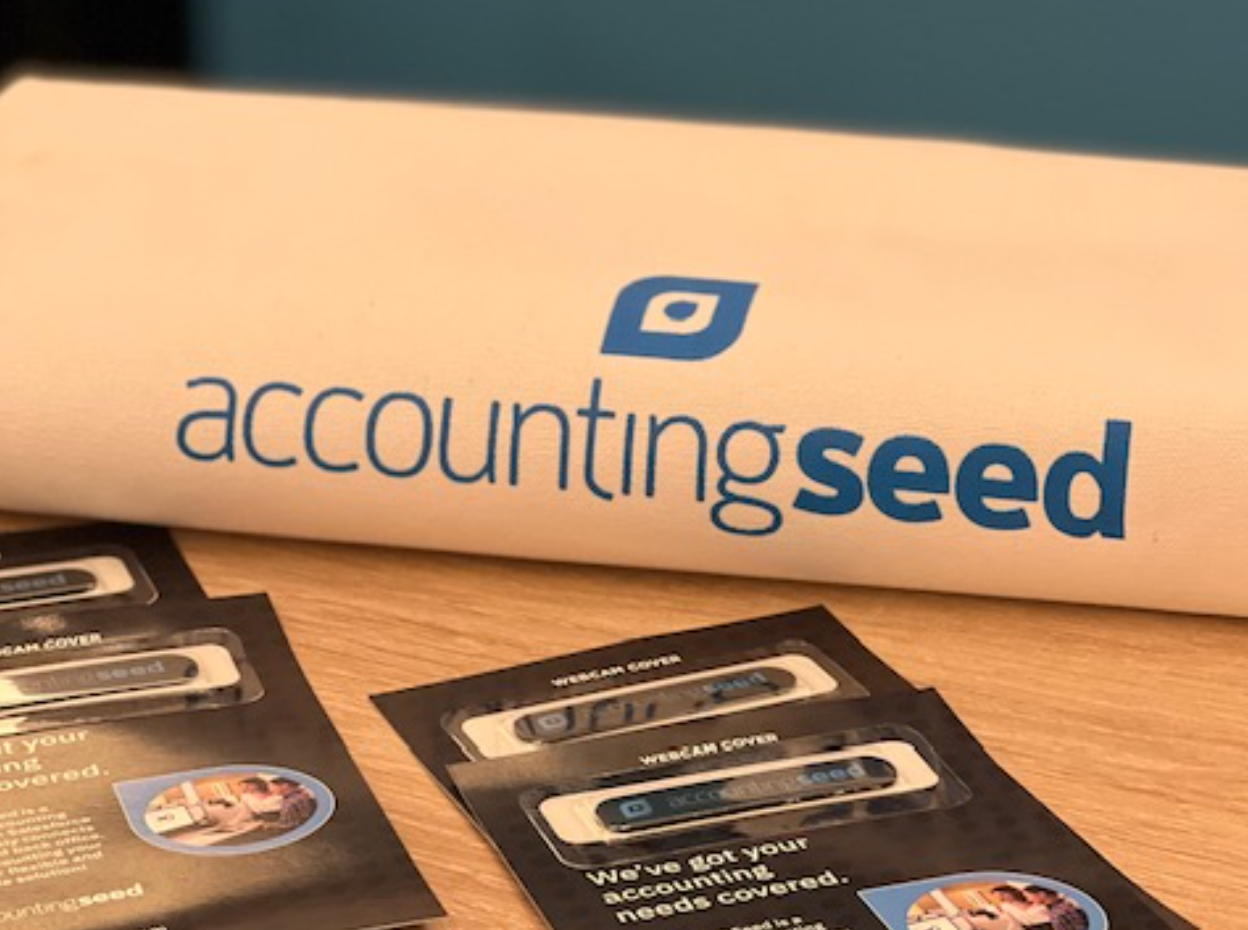Aside from the golden rule, there’s probably nothing more ingrained in us during childhood than the importance of trying. As long as we do our best, we’re told, we can be proud of ourselves no matter the outcome. While that age-old wisdom is absolutely true, it falls short of telling the whole story. Exerting maximum effort all the time isn’t just a matter of hitting a switch, and it’s not even an entirely conscious process. We all have days when we’re listless, whether personally or professionally, and I promise you’re not alone if you’ve ever mailed in an assignment or two. The question, then, isn’t so much whether we should do our best, but rather how we can go about doing it.
Breaking the malaise
Have you ever had that moment at work when you realize you’re just going through the motions? Times when your doing the task in front of you with as little engagement as possible, as if on autopilot? I think we’ve all been there. Almost all of our jobs include some repetition, drudgery, or otherwise mundane work. When we focus on these tasks exclusively, it’s easy for our work to feel meaningless and unimportant. But that’s exactly the wrong mindset to have.
Breaking through a sense of fatigue begins with looking at yourself. When I think about this topic, I always come back to a quote from Ralph Waldo Emerson, who says, “The reward of a thing well done is having done it.” Think about that for a second. Engagement and effort, Emerson is saying, animate even the most “boring” processes. The reason why activities feel meaningless when you’re going through the motions isn’t because of the activity itself; it’s precisely because you’re not giving it your all. Taking half-measures also leave you unsatisfied.
A great example of this principle is the art of making a carpet by hand. In some sense, the task is the very picture of busywork. Large carpets contain millions of knots, each made in essentially the same way. If you were to focus on the ceaseless nature of each knot, you’d drive yourself insane. But by remembering the overall scope of the task, you can painstakingly attempt to make each knot as perfect as possible. In doing so, you go from tying an infinite amount of knots to creating a single beautiful work of art. It’s simply a matter of perspective.
If you’re ever struggling to find the right perspective on your work, there are tons of quick practices that can snap you back into shape. I’ve found mindfulness techniques to be a great way to re-center and refocus myself when the stressful and always-connected nature of the modern workplace begins to grind me down.
Making sense of motivation
The other piece of the proverbial “doing your best” puzzle comes in the form of motivation. Despite the fact that we talk about motivation all the time, most people don’t understand how it works. We like to pretend that motivation is a straightforward matter of willpower. As awesome as that would be, it’s simply not how it works.
In his recent book “The Motivation Myth: How High Achievers Really Set Themselves up to Win,” Inc. Magazine contributor Jeff Haden lays out a much more constructive framework for thinking about motivation. “I thought motivation was a prerequisite to starting a tedious learning process—a spark necessary to get me going,” Haden writes. “But motivation is really a result. Motivation is the fire that starts burning after you manually, painfully, coax it into existence, and it feeds on the satisfaction of seeing yourself make progress.”
Understanding this concept has huge ramifications on how we go about our days. In the case of starting a new fitness regiment, we’re unlikely to truly buy in until we start to see results. In the case of our work, we need to feel like we’re doing well and making an impact. Once we do, we’re energized to do even more. When we believe our hard work will deliver results, it’s a lot easier to fall in love with the process. If you’re a leader, remember this idea when you’re trying to get the best from your team. You can’t demand motivation without offering a true sense of satisfaction for a team member’s engagement.
The best is yet to come
The beauty of doing our best is that its results begin to compound quickly. There are times when we fall short, but nobody wants to be the person who looks like a zombie or robot at the office. The real reason we should do our best is because it just makes everything more worthwhile.
======
Amy Vetter is a CPA.CITP, CGMA is an accomplished c-suite executive and board member with deep experience in cloud technology and transformation, creating go-to- market (GTM) strategies to scale businesses nationally and internationally.
Thanks for reading CPA Practice Advisor!
Subscribe Already registered? Log In
Need more information? Read the FAQs





